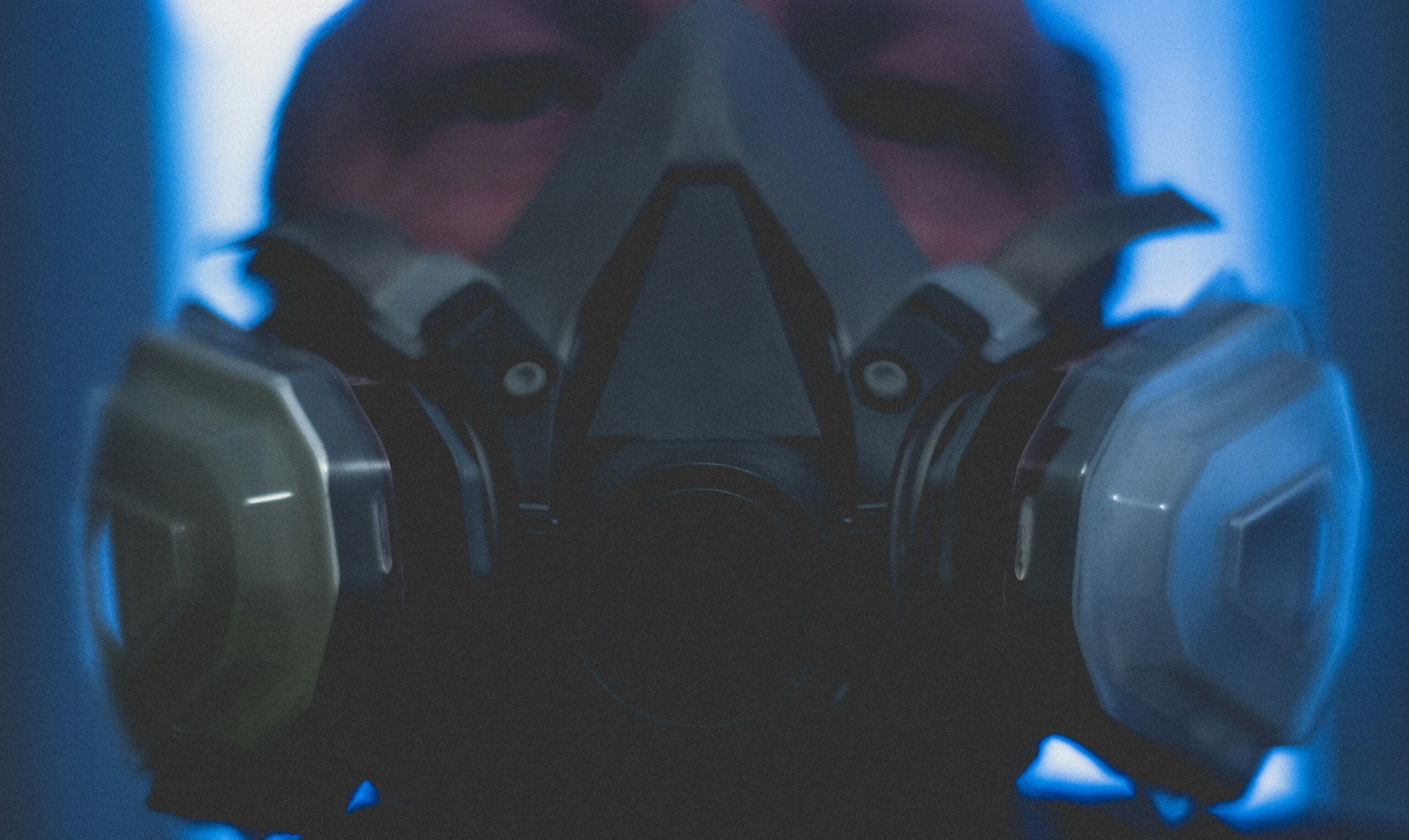By Linus Hoeller
Title Image: Documents taken from www.nytimes.com
Over one million Uighurs have been placed in high-security re-education facilities by Chinese authorities, the United Nations estimate.
A Muslim minority of around ten million people in western China’s Xinjiang province, the Uighurs are the target of a systematic campaign by the central government to re-shape their people’s identity. A recent leak of Chinese government documents has provided further evidence for this practice.
Large facilities, officially called “vocational re-education centers,” have been constructed by the Chinese Communist Party in Xinjiang. Years of research and a recent data breach have shown a gruesome image of these huge facilities in China’s western Xinjiang province.
The camps are the site of severe human rights abuses and appear to exist for one sole purpose: the “re-education” of Uighur of the Uighur population along CCP lines and away from their original culture.
The Beijing government sees the Uighur minority as a threat to “stability” in the country and as undermining the CCP’s power. In part, this is owed to the cultural differences and the occurrence of separatist terrorist attacks in the past.
However, Xinjiang province is also located at a strategically crucial position along the path of Xi Jinping’s trillion-dollar “Belt and Road” initiative, which hopes to reposition China at the center of international trade.
The recent leak of classified documents to media organizations, including the BBC and the New York Times, has provided another wave of evidence that the camps in this region are not, in fact, voluntary “vocational training centers,” as is the Beijing government’s official line. Instead, the documents, which read like a manual on how to brainwash a nation, demand from the camps’ operators to “never allow escapes,” and to ensure “full video surveillance coverage of dormitories and classrooms free of blind spots,” the BBC reported.
Satellite imagery and on-the-ground investigations provide further evidence that these facilities are in fact heavily guarded and have confirmed that inmates are not voluntarily in these facilities.
Numerous of these centers have sprung up in the desert of western China since President Xi Jinping’s declaration of a “People’s War on Terrorism” and the following crackdown on Uighurs in 2014. A Reuters investigation, published in 2018, identified 80 camps and investigated 39 in detail using satellite imagery. A map pinpointing the locations and satellite analysis was also published by Shawn Zhang on Medium.
A map by Shawn Zhang, showing the location of a number of reeducation camps in Xinjiang province. Click on the pins for further details.
Xinjiang province has become somewhat of a testing ground for the Chinese Communist Party’s to try out new means of control and mass surveillance. Justified as a means to counteract a supposed threat of terrorism, police checkpoints line the streets, video surveillance with automatic facial recognition permeates all aspects of daily life, and arbitrary arrests are commonplace.
In the past, Chinese authorities in Xinjiang have demanded millions of people to install surveillance apps on their phones and pioneered the concept of a “social credit score” – now commonplace throughout China.
Human rights groups and academics refer to Xinjiang as “one of the most heavily policed areas in the world,” Reuters reported.
The new document leak provides further evidence that artificial intelligence and big data are used for social control in Xinjiang. They outline a case where millions of Xinjiang residents were flagged by the system simply for having had a specific file-sharing app downloaded on their mobile phones.
Most of the released documents were published in 2017 and investigations by outside observers have shown a substantial increase in the scale of operations in Xinjiang since then.
The Chinese government denies any human rights abuses taking place in the facilities. In the beginning, Beijing even denied the existence of the camps altogether.
Amnesty International, however, speaks of “horrific abuses,” and similar descriptions are used by most human rights watchdogs, some even going so far as to call it “ethnic cleansing” or “genocide.”
The US government estimates that at the present time, roughly 10% of China’s Uighur population is locked up in the camps.
The recently leaked documents provide unprecedented insight into the inside communications of the CCP and its operating these camps. They speak of double-locked doors, a life micromanaged and controlled down to the inmates’ toilet usage, and an elaborate scoring system based on how well “students” memorize the Mandarin language, CCP ideology and show repentance for the “deeply the illegal, criminal and dangerous nature of their past activity.” Their crime? Belonging to a vocal minority in the Han Chinese dominated People’s Republic of China.
It’s not the first time China has moved to violently stomp out a minority and non-Han Chinese traditions. Tibet continues to be one of the world’s most severely repressed regions, and China has spared few efforts to eradicate local customs and any thoughts of separatism following the annexation of the region in 1950-1951.
Xinjiang has more recently become one of Beijing’s main areas of focus due to its location on the route of the “Belt and Road Initiative” as well as a series of separatist terror attacks in the 2000s. Now, the region double-functions as a convenient testing ground for what human rights lawyers describe as “Orwellian” levels of control.
Following the recent revelations of the CCP’s thinking in running the Xinjiang internment camps, some foreign governments, most prominently Germany, have demanded the PRC open the facilities to inspectors from the United Nations.
Real consequences appear unlikely, owing both to China’s dominant position in the global economy and its veto power on the United Nations’ Security Council.
What some observers call a genocide against the Uighur people is ongoing, and the heads of state of the world are yet to take any action which would dissuade Beijing from continuing to steamroll the Uighurs.
Xi Jinping and his CCP appear dead-set on doing whatever it takes to subdue western China to entirely conform with the central government’s authoritarian rule. The rest of the world does not appear willing to risk losing trade ties with China by standing up for the fundamental human rights of an entire ethnicity in the country.


